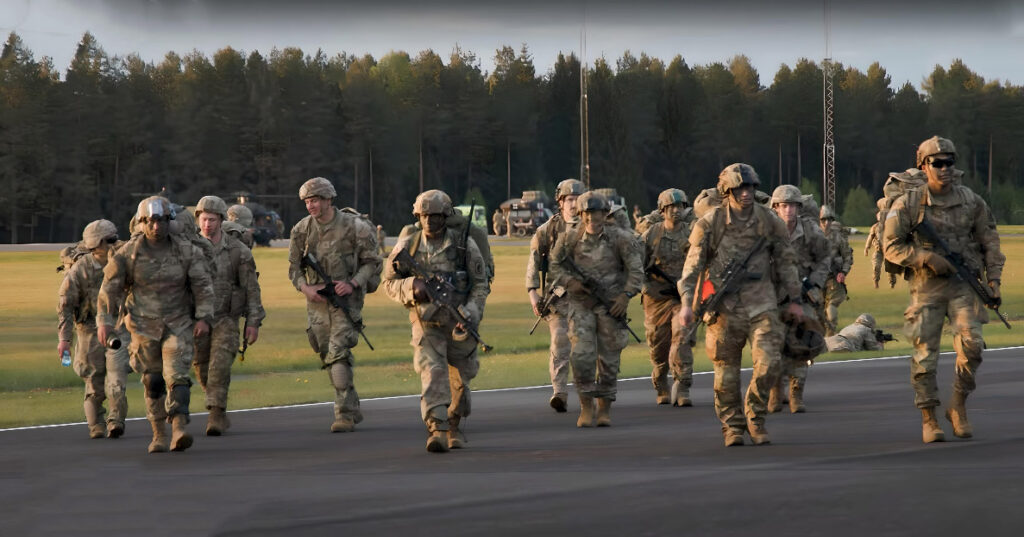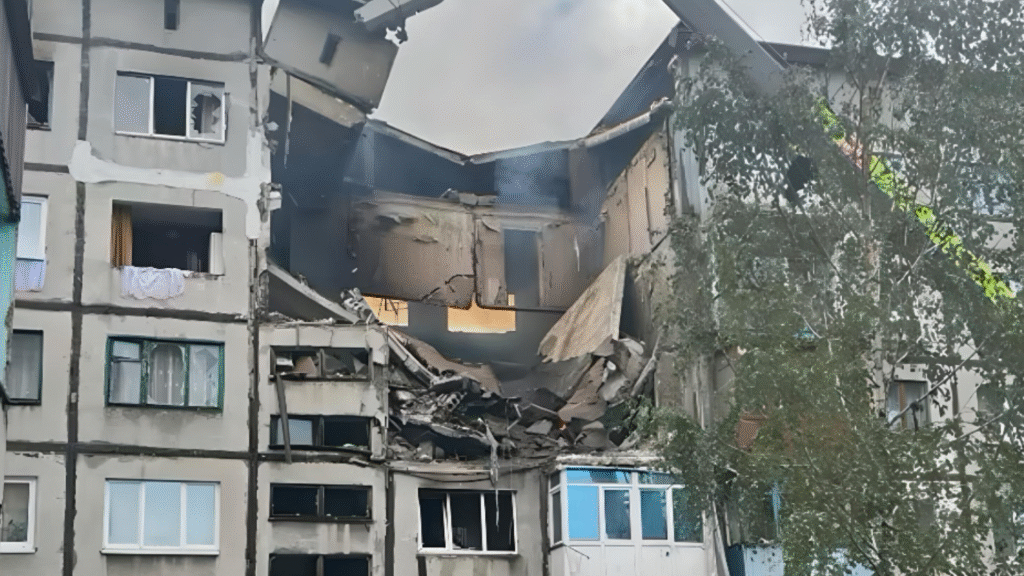Russia is reportedly preparing to launch up to 2,000 drones in a single coordinated assault on Ukrainian territory, according to Major General Christian Freuding, who oversees international military support for Kyiv. Such a large-scale operation would mark a significant escalation, aiming to overwhelm Ukraine’s air defense systems and inflict critical damage on the country’s military and energy infrastructure.
The use of drones on this scale signals a deeper shift in the nature of the war — one that is increasingly driven by technology. These drones, each costing between $20,000 and $50,000, are being deployed not only as weapons but also as a tool of economic pressure: intercepting them often requires missiles worth several times more. In a battle of attrition, this cost imbalance can be as decisive as any ground operation.
Compounding the challenge is the evolution of Russian drone technology. New models are equipped with fiber-optic guidance systems, making them resistant to electronic warfare — a tactic Ukraine had previously relied on with notable success. The need to counter such capabilities requires not only modern air defense hardware but also rapid innovation and adaptation.
In response, Ukraine has been scaling up its domestic drone production. Around one million tactical drones were manufactured in 2024 alone, with plans to increase this to 2.5 million in 2025 — including approximately 30,000 long-range strike drones. Yet experts caution that these ambitious numbers are vulnerable to supply chain constraints, particularly as key components are sourced from regions where export restrictions are tightening amid shifting global dynamics.
Increasingly, observers point out that air power is no longer a supporting element of warfare — it is now the central arena. The idea of launching 2,000 drones in a single wave is not just a tactic; it is a statement of intent, a signal that modern warfare is entering a new phase. One where battlefield superiority is measured not by troops or tanks, but by data processing speed, autonomy, and resistance to interference.
The stakes are high. Each new wave of drone attacks is not only a test for Ukraine’s air defense but also for those investing in its resilience. The key question now is whether defense systems can adapt fast enough to match the pace of technological escalation — and whether the world is prepared for conflicts where 2,000 drones is no longer the exception, but the baseline.
One thing is clear: the air war over Ukraine is no longer conventional. And the way it is answered today will help define the rules of engagement for the wars of tomorrow.



